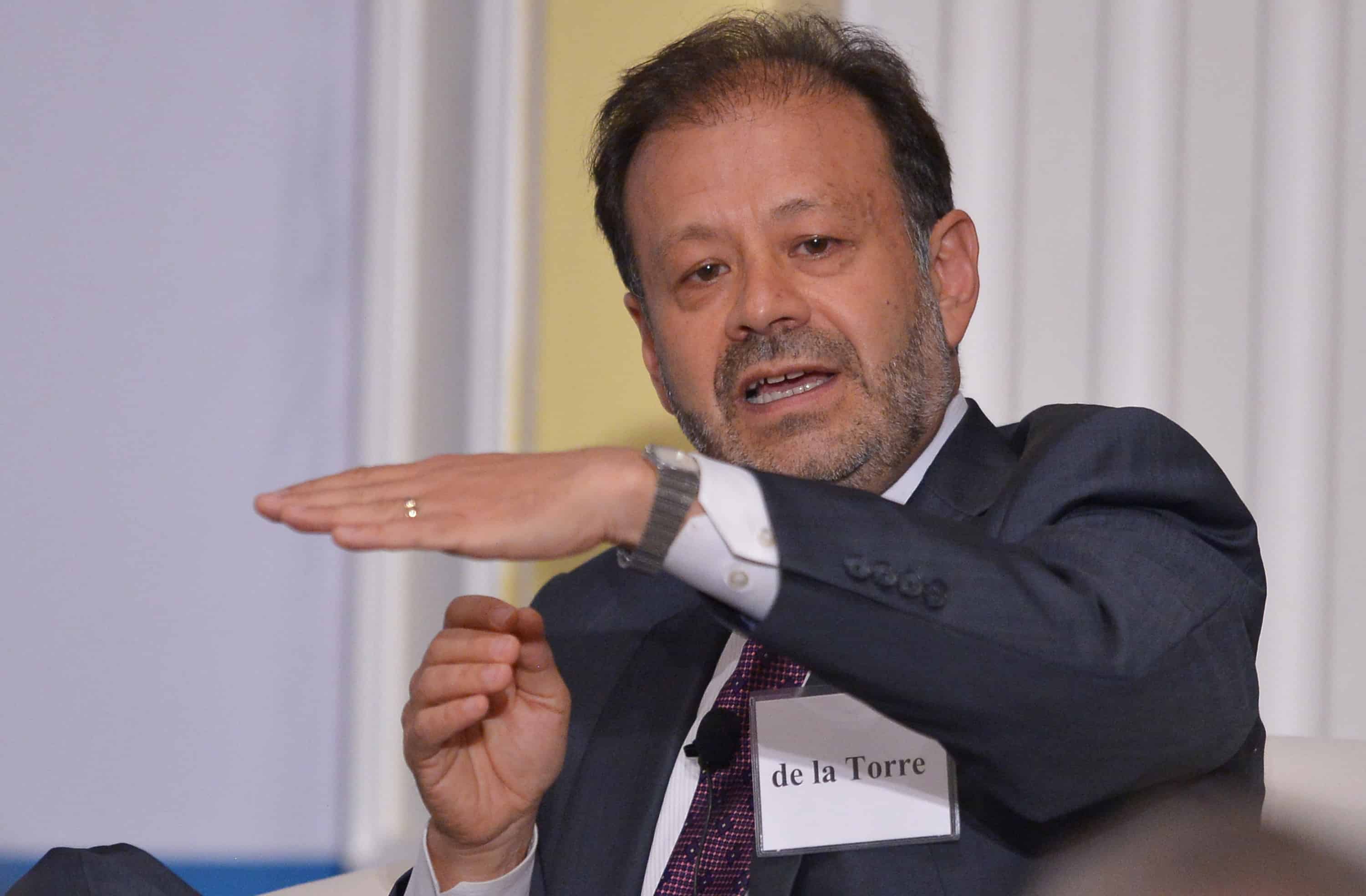Regional growth is down for the year, but some smaller economies in Latin America and the Caribbean are enjoying improving gross domestic product figures, according to the latest report from the World Bank, released Tuesday. The international financial institution said the bonanza of the last decade was over, but that the region is primed to move away from the boom-bust cycles of the past.
Costa Rica’s GDP growth for 2015 is forecast at 4.3 percent, up from 3.7 percent in 2014. While Costa Rica outperformed many of its Central American neighbors, Nicaragua and Panama are set to pull ahead in 2015 with growth forecast at 4.4 and 6.2 percent, respectively.
Bolivia, Colombia, Dominican Republic, Ecuador, Guyana, Nicaragua, Paraguay and Suriname are expected to grow by more than 4 percent, ahead of the regional average of 1.2 percent for 2015. Venezuela and Argentina are set to drop into negative territory with -2.9 and -1.5 percent, respectively. Brazil, meanwhile, is expected to grow by a paltry 0.5 percent.
The World Bank’s chief economist for the region, Augusto de la Torre, seemed to have Costa Rica in mind when he made this observation in a statement from the financial institution: “Other countries, however, with high levels of indebtedness or facing inflation pressures despite the slowdown, may find it more difficult to respond. The temptation for these countries would be to take the path of least resistance, keeping aggregate consumption and government spending high and borrowing to finance the associated fiscal and external deficits. This path might be encouraged by highly liquid international markets seeking higher yields. The short-run gains, however, would carry a high price: lower long-run growth due to a more vulnerable balance of payments or an uncompetitive real exchange rate.”
Costa Rica is in the midst of heated budget negotiations as the government stares down a 6.7 percent fiscal deficit in 2015 if no action is taken to curb spending and increase tax collection. On Tuesday, university students demonstrated against proposed cuts to public education spending.
Vice President and Finance Minister Helio Fallas traveled to Washington, D.C., for meetings with the Inter-American Development Bank and International Monetary Fund-World Bank Group this week. Fallas also will meet with investment banks and rating agencies while in the U.S., according to the Finance Ministry.
De la Torre said that while economic growth was slowing in the region it was more sustainable. During those golden years the region was able to cut extreme poverty in half, to 12 percent in 2012, and double the ranks of the middle class to 34 percent of the population in 2012.
https://infogr.am/gdp-forecast-for-central-america?src=web






